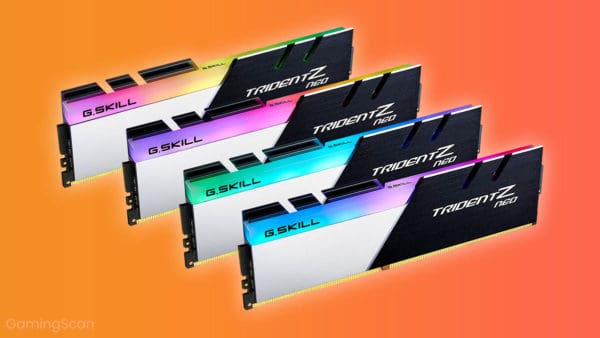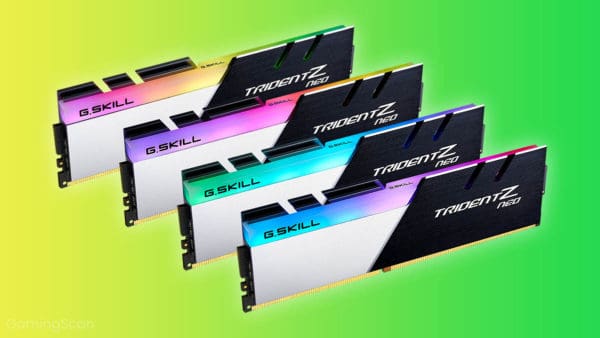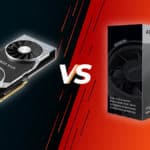Answer:
DDR5 is the fifth and latest iteration of DDR memory that will succeed DDR4 in the mainstream market, offering greater bandwidth, increased capacity, and improved power efficiency.
Technology has been advancing rapidly over the past decade, that much need not be said. This is particularly evident in 2023, especially when it comes to gaming, as we rush forward head-first into the 4K era.
Plenty of things have changed over the past few years: AMD has overshadowed Intel in the mainstream CPU market and has pushed the limits of how many cores and threads we can expect to see in a gaming CPU, Nvidia has introduced real-time ray tracing, GPUs can now generally take on higher resolutions, and SSDs have gone fully mainstream.
Now, another big change that’s coming up has to do with RAM. Namely, DDR5 will be replacing DDR4 as the mainstream RAM solution in PCs. So, what is DDR5 and how does it differ from its predecessor?
We’ll answer that in this guide, so read on!
Table of ContentsShow
What Is DDR5?
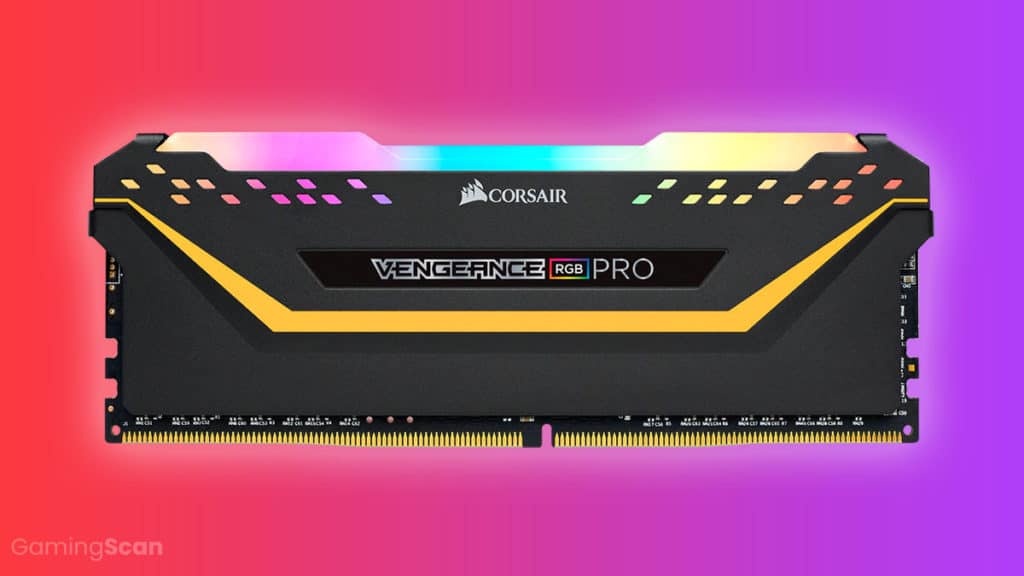
To start off with the titular question: what is DDR5?
Well, as we’ve established in the introduction, DDR5 is a type of RAM. And what RAM stands for is Random-Access Memory.
Its purpose? It essentially functions as your PC’s short-term memory, i.e., it stores relatively small amounts of important data that your CPU or GPU needs to be able to access quickly so that the programs running on the PC could work properly.
That said, RAM is extremely fast, but it also a type of volatile memory, which means that it can only store data while it is powered. When the power is cut off, all of the data stored in the RAM is erased, so it’s clear as to why it’s not used as a long-term storage solution.
Now, what about DDR5, specifically?
The full abbreviation here is DDR5 SDRAM, which stands for Double Data Rate 5 Synchronous Dynamic Random-Access Memory. Without getting too deep into the details, we can just say that SDRAM is a type of RAM developed in 1992, while DDR is a type of SDRAM developed in 1998 whose primary strength, as the name suggests, lay in its increased data rates.
A number of different DDR technologies have been released over the years and it was a mostly linear progression from DDR (sometimes referred to as DDR1) to DDR5, although low-power versions of DDR memory (LPDDR) have also been released over the years, including LPDDR5, which are aimed at mobile devices.
DDR5 vs DDR4
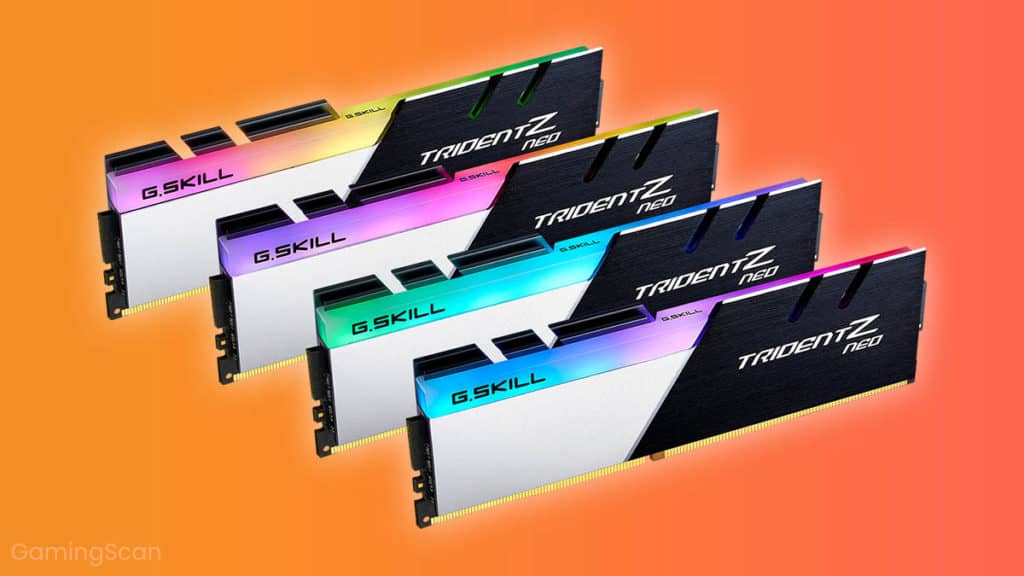
The next big question is: just how much better is DDR5 than DDR4?
The three major upgrades that DDR5 offers over DDR4 are bandwidth, capacity, and power efficiency.
Regarding bandwidth, DDR5 can support data rates of up to 6.4 Gbps at stock clock speeds whereas DDR4 can only support 3.2 Gbps, so it’s a pretty significant upgrade. However, not all modules will be this fast in practice, and some will be even faster with overclocking.
Moreover, due to increased memory die density, DDR5 modules will have greater memory capacity. That said, DDR5 chips will allow for chips with four times the density possible with DDR4 to be created, so we’ll see individual DDR5 chips with as much as 64 GB of memory.
Finally, DDR5 will be more power-efficient, with a voltage of 1.1V, down from the 1.2V seen in DDR4. While it doesn’t seem like too big of an improvement at face value and won’t be all that important for desktop PCs, it will make a difference when it comes to the battery life of portable devices, as well as when it comes to servers that work around the clock.
Should You Buy DDR5?
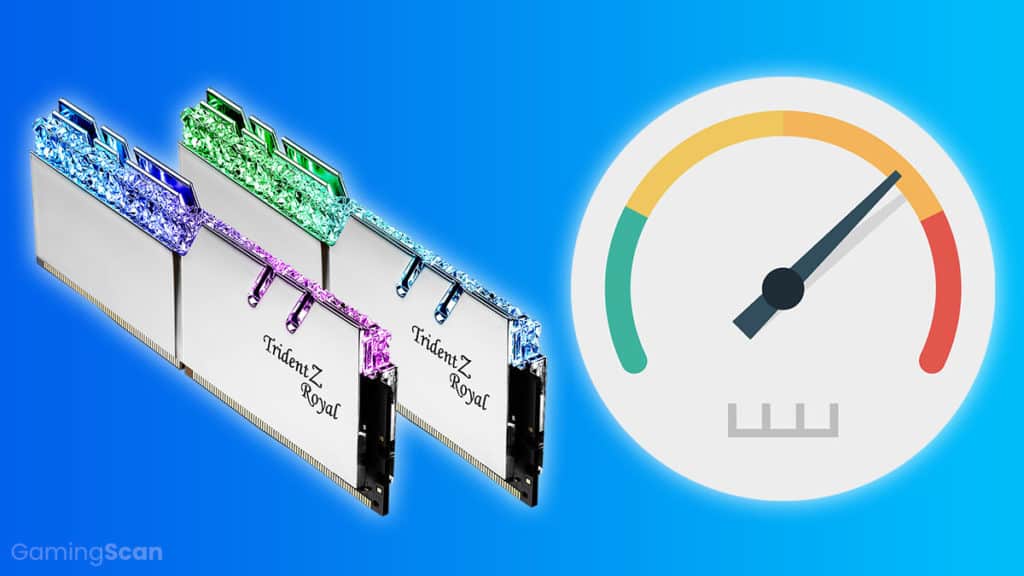
And now, for the question that many are probably asking themselves: should you get DDR5?
Well, even though the first DDR5 has been released, DDR5 memory isn’t commercially available yet. There is always a time gap between a new iteration of DDR being developed and it actually being released, and then there is another time gap between it being released and it going mainstream.
At the moment, what we’re waiting on is CPU compatibility.
The latest Zen 3 CPUs from AMD only support DDR4 memory, and it seems that they will only introduce DDR5 support with Zen 4 CPUs that are expected to launch in 2022. Just the same, Intel’s latest Rocket Lake CPUs are still on DDR4, but the upcoming Alder Lake CPUs that are set to succeed them in the second half of 2021 will support DDR5.
That said, we should expect the first mainstream DDR5 modules to be released towards the end of 2021 – in the third quarter, according to SK Hynix.
This is where we get to the next question that you’d naturally ask – should you wait for DDR5?
The answer to this one largely depends on where your priorities lie when it comes to PC building.
Are you concerned with performance? If this is your top priority, then yes, DDR5 will offer improved performance compared to its predecessor, no doubt about it. However, don’t expect it to be a massive improvement.
After all, DDR4 offered limited in-game performance improvement compared to DDR3 when it first launched, too, so it’s mainly going to be professionals who will be able to really reap the benefits of DDR5 early on.
If you’re more concerned about affordability and value, then don’t hold your breath. At launch, DDR5 is bound to be fairly pricey, especially if we consider the potential supply issues.
Because of that and due to the limited benefits that it will offer when it comes to gaming performance at first, it would be hard to recommend it to anyone who wants a good bang for their buck.
However, if you care about future-proofing, then it just might be worth the wait. As we’ve mentioned before, compatibility is a big factor when it comes to RAM, so if you want to build a machine that would be easy to upgrade further down the line, waiting for DDR5 and DDR5-compatible hardware would be a good idea.
Conclusion

So, all in all, that would be a rundown of what DDR5 SDRAM is. Needless to say, though, we’ll need to wait until we can get our hands on a DDR5-equipped rig before we can reliably comment on the new memory’s performance, value, etc.
If you’re building a new PC now, though, be sure to check out some of the configurations that we’ve put together—we have something for every budget, so you’re bound to find something that would fit your needs!

